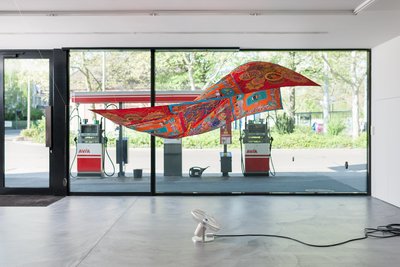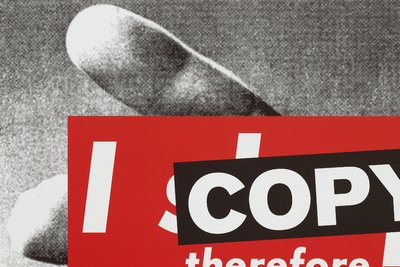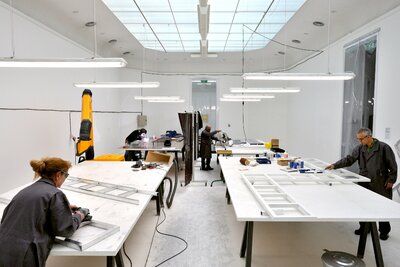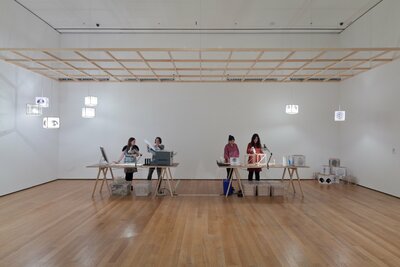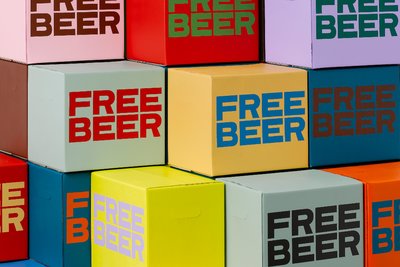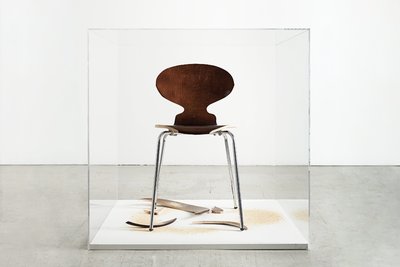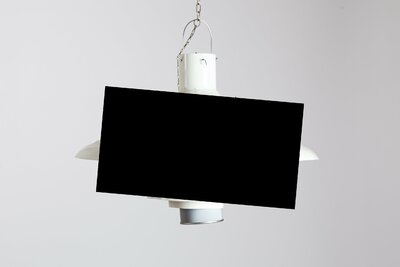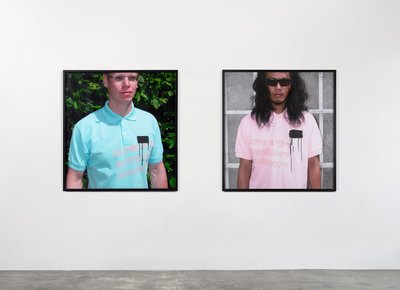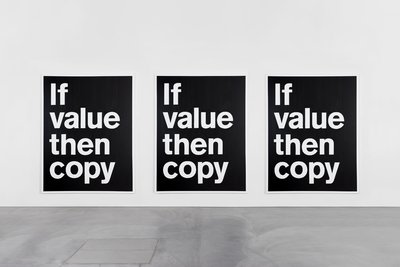
Works
Copying Ideas — Humans’ biological development is based upon copy mechanisms. Our DNA consists of…
Humans’ biological development is based upon copy mechanisms. Our DNA consists of copies and we imitate the language and movements of others while growing up: we learn how to behave by mirroring our fellow humans.
Recently, the notion of copying has largely been connected to property rather than biology. Craftsmen and scientists have sought to protect their profits by claiming legal rights to their designs, essentially claiming ownership of fluid ideas. Every commodity and concept has been assigned ownership in a global system meant to protect the perceived value of ideas. The dictum “if value then right” is used by copyright advocates to suggest that anything that could be valuable should therefore be copyrighted; it is used to justify turning everything into intellectual property. SUPERFLEX turns this phrase on its head and proposes “if value, then copy.”
Cultural and scientific achievements have always been created in the shadow of former ideas. The copyright system appears as natural and eternal, but it is neither – and it is not even coherent or consistently applied. For example, during health crises, copyright has been dismissed. Patented medicines have been released from copyright in the name of public health. These moments of crisis reveal that copyright is often a useless limitation. Furthermore, in the digital age, the internet has become the ultimate copy machine. An image can be downloaded a thousand times, thus pointing towards the absurdity of the idea that immaterial goods can be original.
Challenging copyright and freeing ideas from legal barriers is necessary for change. When an idea is released into the commons, it evolves depending on the minds and bodies interacting with it – it enters into the process of becoming a new original.
